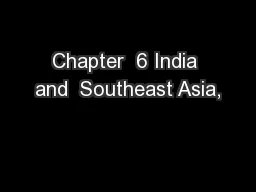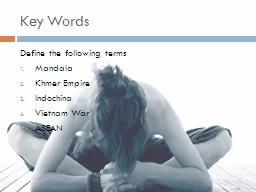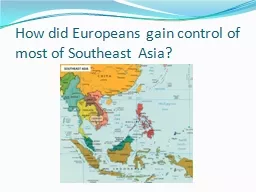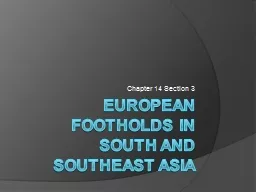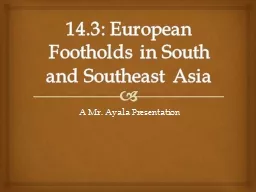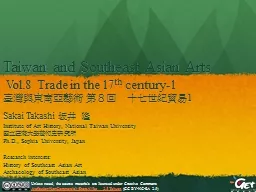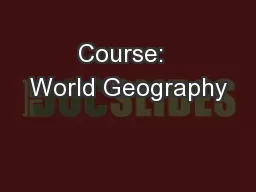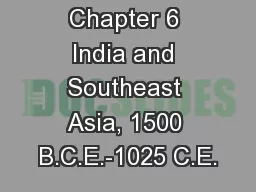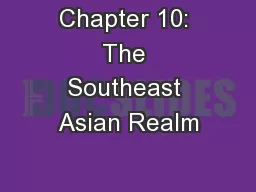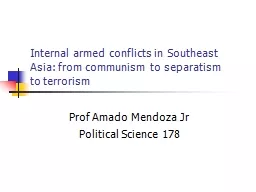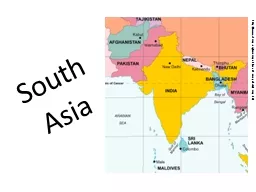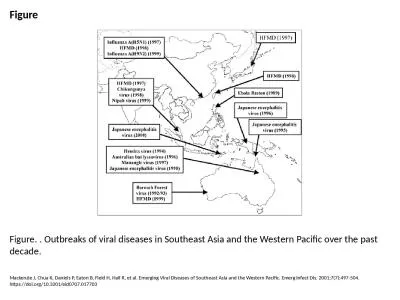PPT-Chapter 6 India and Southeast Asia,
Author : alida-meadow | Published Date : 2018-10-23
1500 BCE1025 CE The Thousand Pillared Hall in the Temple of Minakshi at Madurai At the annual Chittarai Festival the citizens of this city in south India celebrate
Presentation Embed Code
Download Presentation
Download Presentation The PPT/PDF document "Chapter 6 India and Southeast Asia," is the property of its rightful owner. Permission is granted to download and print the materials on this website for personal, non-commercial use only, and to display it on your personal computer provided you do not modify the materials and that you retain all copyright notices contained in the materials. By downloading content from our website, you accept the terms of this agreement.
Chapter 6 India and Southeast Asia,: Transcript
Download Rules Of Document
"Chapter 6 India and Southeast Asia,"The content belongs to its owner. You may download and print it for personal use, without modification, and keep all copyright notices. By downloading, you agree to these terms.
Related Documents

